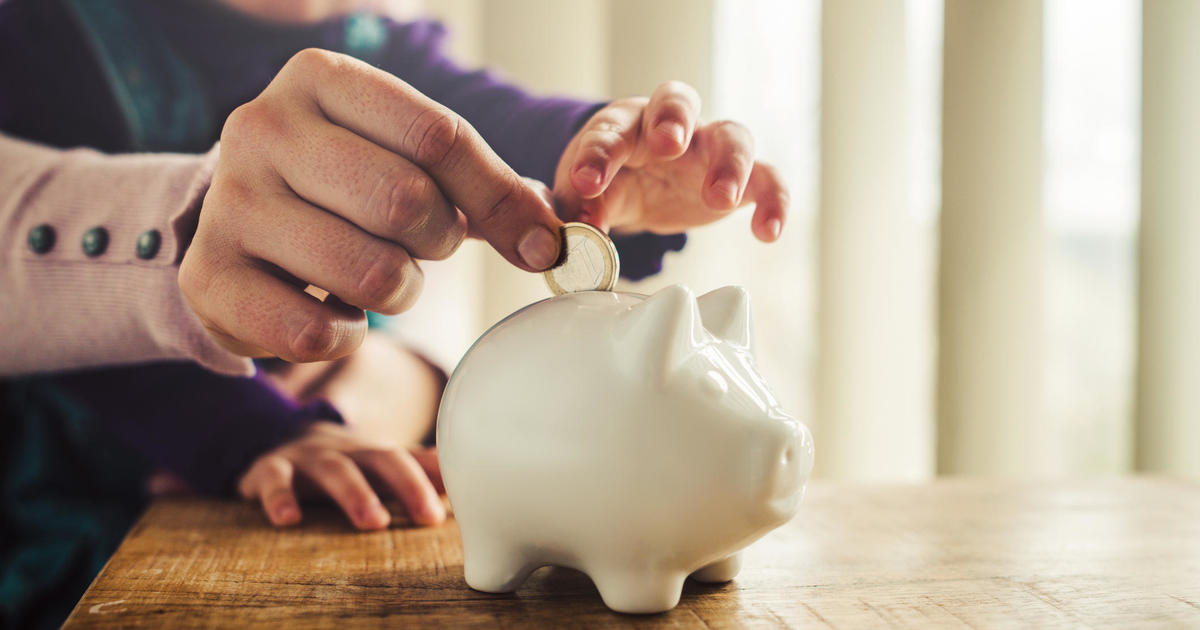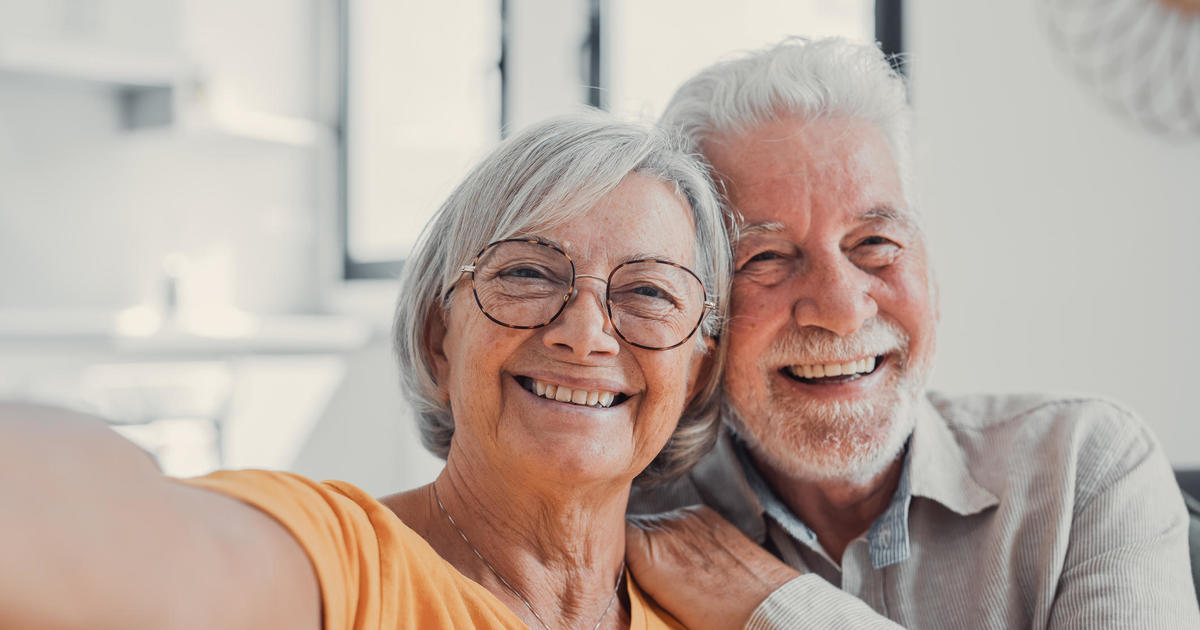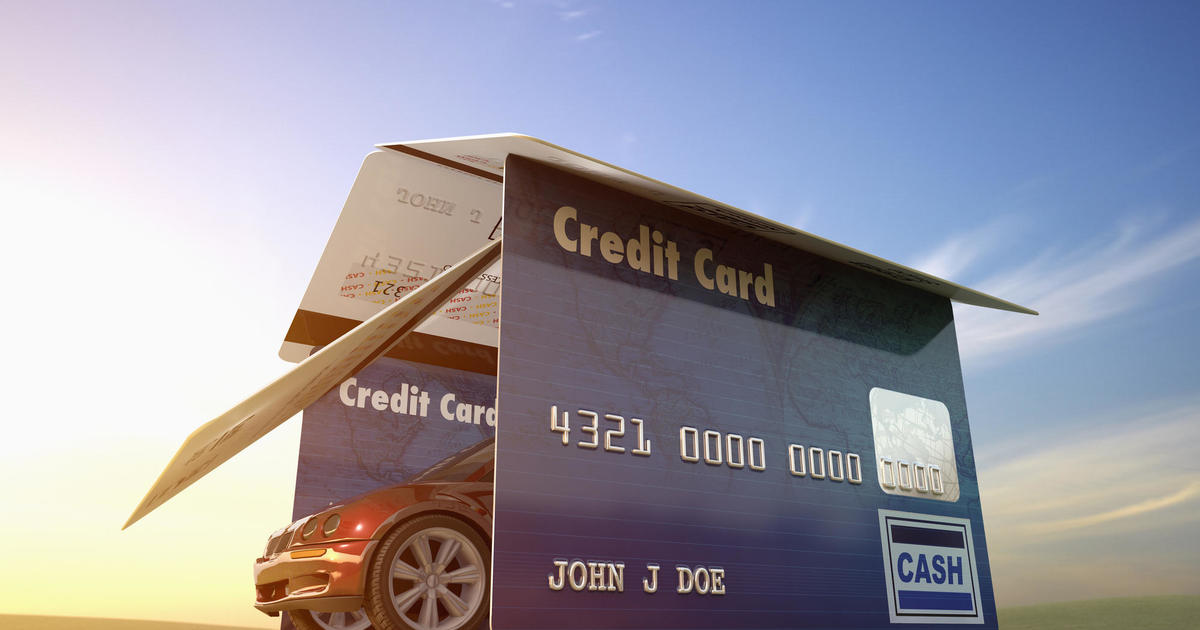What companies can do to help keep employees safe when they return to work
Many of the workplace changes public health and design experts say will make employees safer when they return to the office offer an additional benefit: privacy. As it turns out, the same features that can reduce the risk of the coronavirus running rampant within organizations also afford workers more personal space — a luxury that has eroded over the years as open-plan office spaces have gained in popularity.
For the foreseeable future, of course, many people may choose not to return to the office. Companies including Twitter and Google have said their employees can work from home permanently. Another technology giant, Facebook, will stagger its staff in order to limit offices to 25% occupancy, according to Bloomberg.
Other companies are enlisting design experts to guide them in revamping workplaces and implementing policies — like mandatory mask-wearing — that are imperative in the era of coronavirus. Many features, some loathed, of the modern workplace — hot desks, open-plan offices, communal kitchens and gathering spaces — are likely to disappear.
"We are going to have to reimagine the workplace and its design for the new reality," Tom Frieden, former director of the U.S. Centers for Disease Control and Prevention, recently told CBS MoneyWatch. "We'll have to convert meeting rooms to individual offices or seal them off because you can't have small meeting rooms sitting one foot away from each other and have multiple people using the same room throughout the course of the day — that's not safe."
Here are some ways companies are likely to transform the workplace as long as COVID-19 remains a menace.
Depopulate the workplace
"De-densifying" the office is a natural place to start, and just one of many considerations for employers before they invite employees to return to work en masse. Encouraging workers who can do their jobs from home to stay there is both prudent and a way to lower risks for their colleagues who need to be at their workplace.
"If people can be productive working from home, let them continue working from home," said Tracy Wymer, vice president of workplace at design firm Knoll.
Splitting employees into groups that occupy the office in different shifts is another way of creating more personal space for workers, according to CBS News medical contributor Dr. David Agus.
"Instead of everyone coming in from nine to five, there's a nine to five shift, a six to one shift and a one to eight shift," he said. "So right there, you cut by half the number of people in the building and create social distance."
Lots and lots of plexiglass
Obex makes plexiglass cubicle extenders, or "privacy panels," for banks, car dealerships, medical facilities and numerous other companies. After rebranding its signature barrier product as a "sneeze guard," demand for its transparent barriers jumped 10-fold in recent weeks, according to sales head Nick Canavarro.
"We developed a clear acrylic barrier for a reception counter or any place a transaction might occur that allows interactions to still exist. It creates a sense of privacy, protection and a shield to prevent germ spread between [workers]," he said.
Ticket to ride
In the age of the coronavirus, crowded lobbies as workers wait for elevators during peak arrival times are more than a nuisance — they may be a health hazard.
Wymer said that one of his clients at Knoll estimated it would take employees a total of three-and-a-half hours to get to their seats if only one or two people rode the same elevator car at once in keeping with social-distancing guidelines.
One solution: Implement an elevator schedule and provide tickets. "You get a ticket for 9:15 a.m. like you get a ticket for a ride at Disney," Dr. Agus said.
"The ground is also all marked up with tape, so not everyone is getting there at the same time for a 9 o'clock meeting and causing a jam," he added.
No-touch electronics doors and one-way corridors
Commercial real estate firm Cushman & Wakefield has designed a "6 foot office" concept that allows as much space between workstations and also features one-way corridors.
Bruce Mosler, chairman of global brokerage for Cushman & Wakefield, said controlling the flow of people through office space and keeping doors open so employees aren't touching handles can reduce the risk of infection. In the more distant future, he also envisions a "Star Trek scenario where doors just open."
In-office COVID-19 testing
Bariatric surgeon Dr. Daniel Rosen is helping companies plan to safely bring workers back to the office by providing in-office COVID-19 testing in New York. Providing on-site testing ensures that employees actually do get tested and also gives them ease of access.
"You can plan for how this pandemic evolves knowing that one-third of your employees are antibody-positive or negative and susceptible to the virus," he said. "You can have them re-tested and can watch that goalpost of what percent of your workforce is at risk of becoming infected and bringing that infection in to the workplace. It's part of the entire mitigation strategy."



